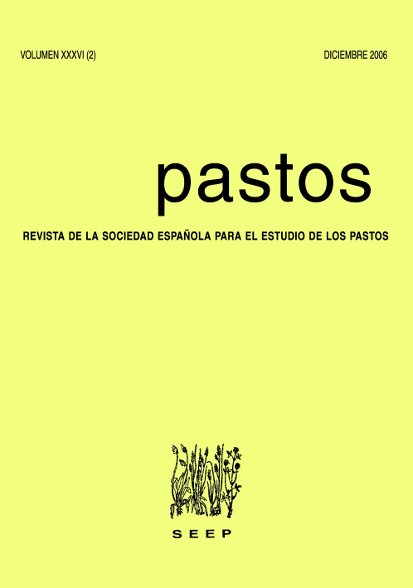LUCERNE BREEDING IN EUROPE: RESULTS AND RESEARCH STRATEGIES FOR FUTURE DEVELOPMENTS
Resumen
Lucerne breeding efforts in Europe are analysed from 1995 to the present considering three main topics: (i) germplasm collection, conservation and evaluation; (ii) genetics, breeding and genetic transformation; (iii) forage quality. The importance of European germplasm resources has been clearly evidenced with special interest for material which could be useful to add new traits such as grazing tolerance and resistance to stresses to cultivated lucerne. The results of genetic and breeding activities are more relevant in the area of modern biotechnologies and basic research than in the area of variety development, the most recent varieties being characterized by a forage production which is on average only 5% higher than old varieties and adapted ecotypes. The reasons for this slow progress are discussed. Transgenic technology is giving interesting results but, at the moment, the negative attitude of European public opinion toward genetically modifed plants and the possibility of gene fow from transgenic lucerne to cultivated or wild populations make it diffcult to hypothesize the release of genetically modifed lucerne in the near future. An interesting evolution of lucerne breeding has been evident in the last few years from the efforts aimed at creating more digestible varieties with high agronomic performances.
Keywords: Germplasm, genetics, breeding, transformation, selected traits.










